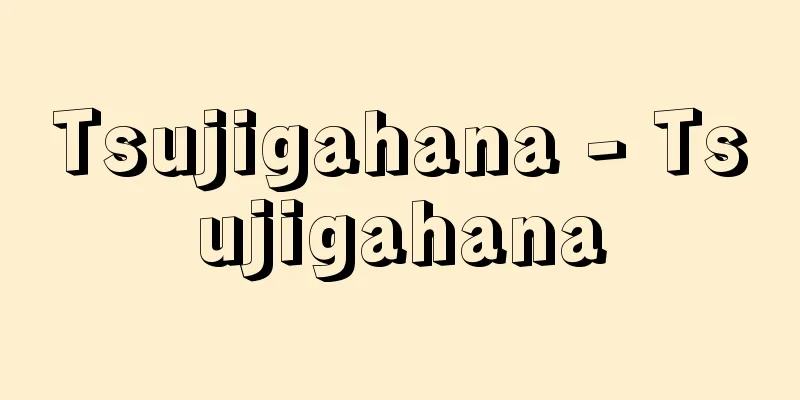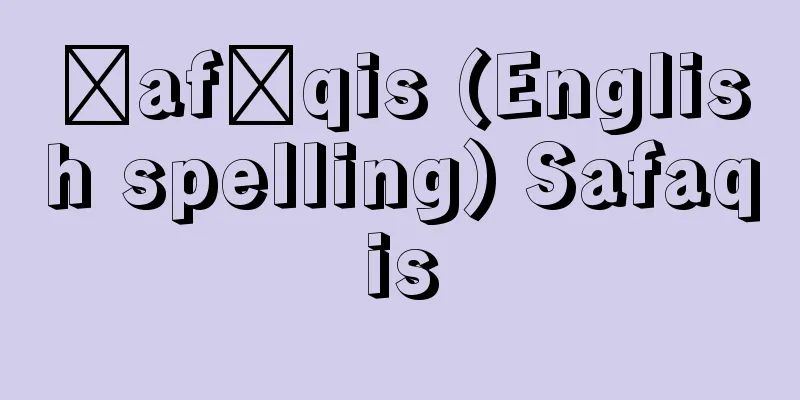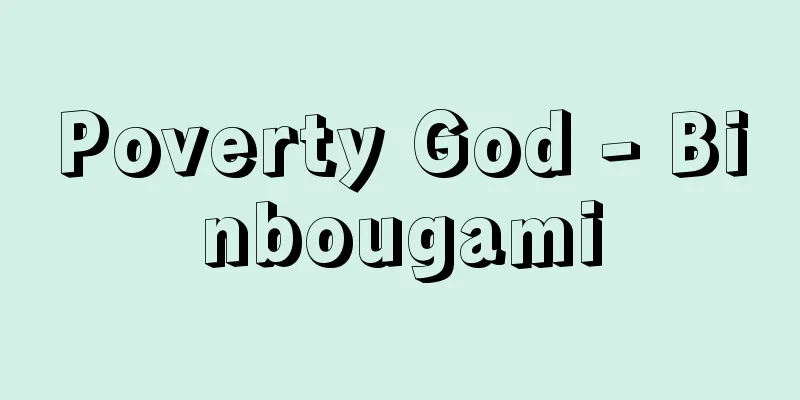Tsujigahana - Tsujigahana

|
A type of pattern dyeing. It is an elegant pattern of flowers and birds, mainly made with tie-dyeing and gaki-zome (painted pattern) and surihaku (gold leaf pattern). It began in the Muromachi period and was especially popular in the Momoyama period, and excellent kosode (short sleeves) and dofuku (bosoms) from that time remain. In the Edo period, techniques such as pattern tie-dyeing, gaki-e (painted pattern), and embroidery became widespread, and Tsujigahana dyeing was discontinued. →Related items Itchiku Kubota|Dyeing Source : Heibonsha Encyclopedia About MyPedia Information |
|
模様染の一種。絞染を主にして描き染や摺箔(すりはく)を加えて花鳥などを構成する優雅な模様。室町時代から始まり,特に桃山時代に流行したもので,すぐれた当時の小袖(こそで)や胴服が残されている。江戸時代になると模様絞,描絵,刺繍(ししゅう)などの技法が普及し,辻が花染は跡を断った。 →関連項目久保田一竹|染物 出典 株式会社平凡社百科事典マイペディアについて 情報 |
<<: Tsujigiri - Street killing
Recommend
The Jowa Incident
This was a rebellion that occurred in the early H...
Usui Road
...A town in Ashigarashimo County, in the southwe...
Many Passions and Many Hatreds
[1] [noun] (adjective) Being sensitive and full of...
Transposing musical instruments
An instrument that is notated in a key other than ...
Patriotic Public Party
(1) A political association for freedom and civil...
Era name - Gengo
A calendar system that counts years from a fixed s...
Bert(olt) Brecht
German playwright and theatre director, born Euge...
Sorrento (English spelling)
A city in the province of Naples in Campania, sout...
Kushurak - Kushurak
...After the end of the 16th century, some of the...
Kundalini (English spelling)
A term in Indian philosophy. Its original meaning ...
Mazda Corp. - Mazda
Founded in 1920 as Toyo Cork Kogyo, the company ch...
Druze
French philosopher. Studied the history of philoso...
Western food - yoshoku
〘 noun 〙 Western-style cuisine. Western food. ※Yok...
Accessories - Accessories
A clothing accessory attached to the body or clot...
Pinus sativa (English spelling)
… [Makoto Nishida]. … *Some of the terminology th...









